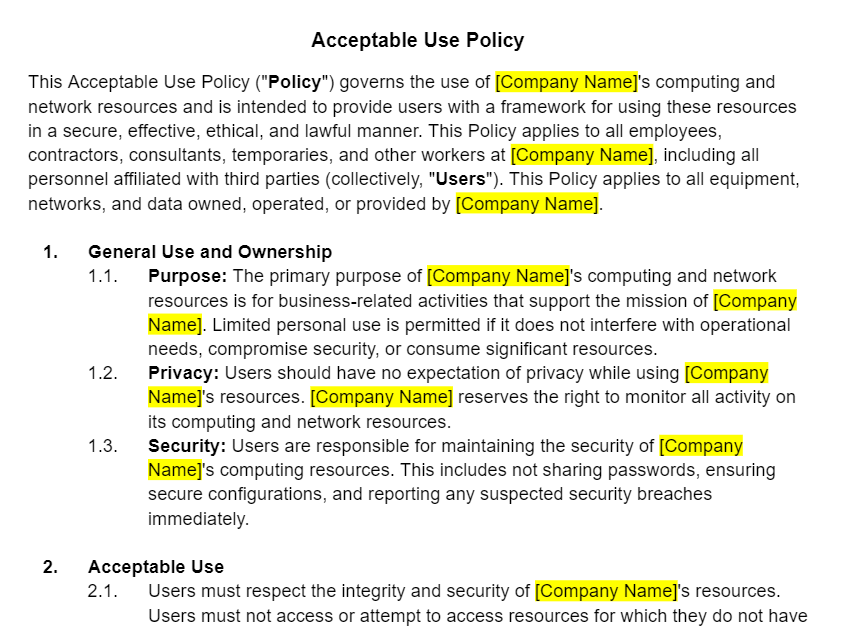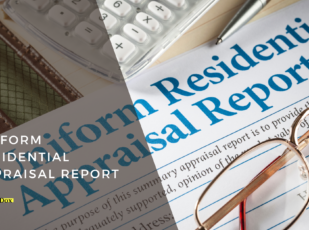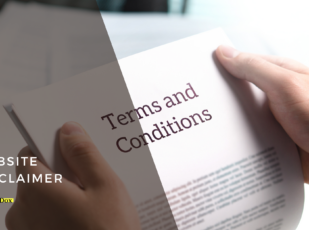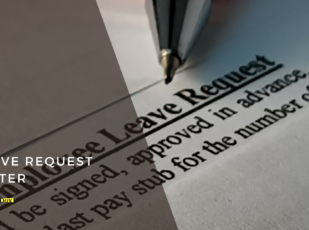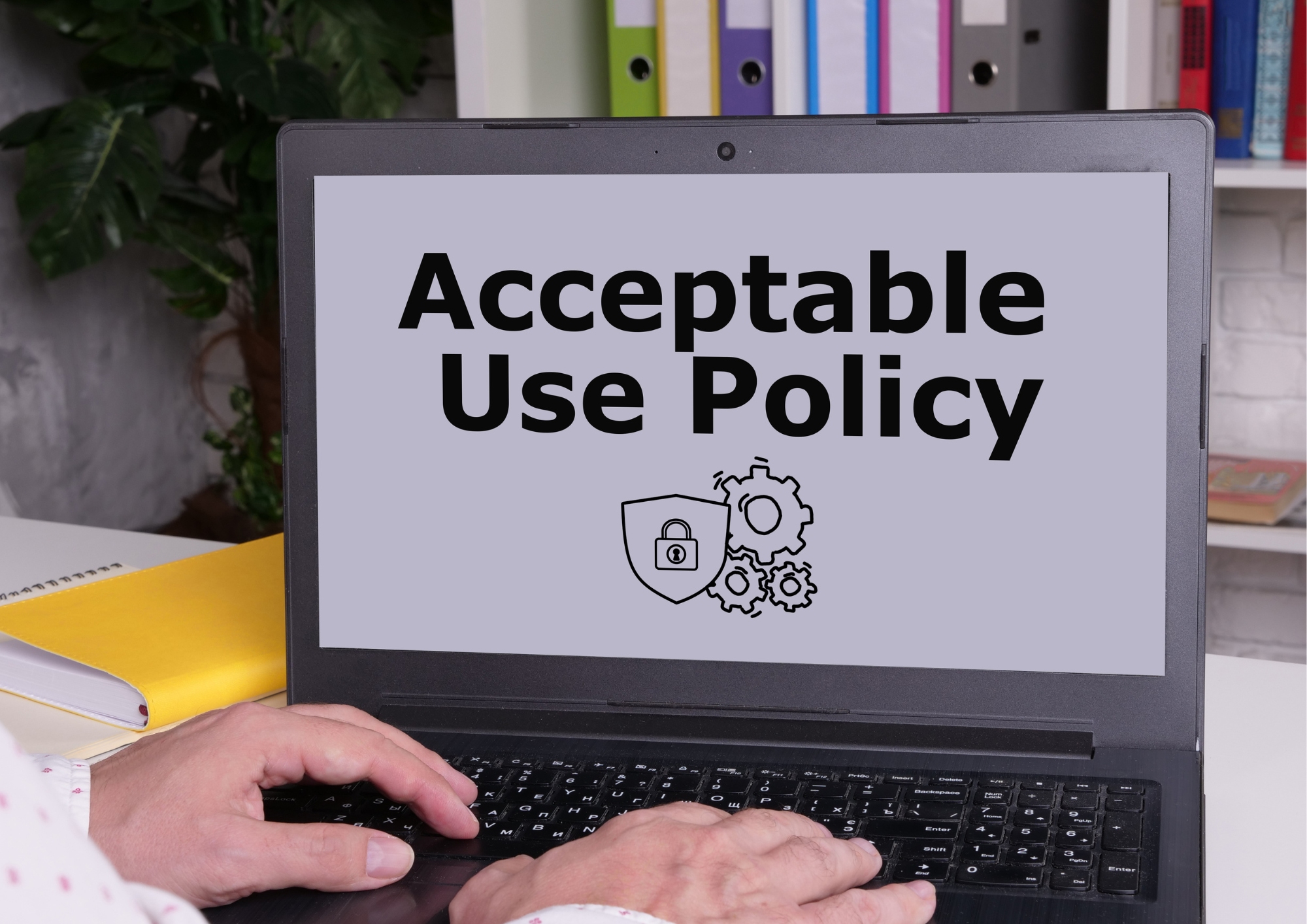
Acceptable Use Policy Template
8 Downloads
IT and Media
January 2, 2025
Sayantani Dutta
Online transactions and interactions are ubiquitous today. And this brings us to the need of the hour—establishing clear guidelines for the use of technology resources. In this context, the Acceptable Use Policy (AUP) is a foundational document that outlines the do’s and don’ts for users of digital platforms and networks. Whether you are worried about information security, cybersecurity, or the exposure of your confidential information to social media, the AUP covers all bases legally so you can control the usage of your technology the way you mean.
Today, we will be discussing the essence of an Acceptable Use Policy, its critical role within organizations, the repercussions of not implementing a well-defined AUP, and the distinct benefits of using FreshDox.com’s superior, comprehensive, and customizable template as a robust starting point. Let’s dive right into it!
What is an Acceptable Use Policy?
In simple terms, the Acceptable Use Policy is a set of rules applied by the owner or manager of a network, website, or service, that restricts the ways in which it may be used. AUPs are widely used across various sectors and their objective is singular—to make sure that users are adhering to specific standards of behavior while accessing and utilizing technology resources.
The intended use of your technology needs to be clarified and enforced to avoid any misuse or dispute. That is precisely what the Acceptable Use Policy allows you to do in a legal and binding manner.
Typically, the AUP covers legal, ethical, and security-related aspects. It aims to prevent abuse that could lead to legal issues and to ensure the network or service keeps running smoothly and as expected.
Why is the Acceptable Use Policy Important?
The AUP helps you out in many ways. It tells users that disciplinary action will be taken if any clause is breached, it tells employees not to use company laptops or an assigned mobile device for personal use and that it could lead to the termination of employment, it puts guardrails in place to prevent unauthorized access and illegal activities by the users of your technology, and so on. The exact business purposes for which you will tailor your Applicable Use Policy will be different. Some focus on human resources while others only care about protecting their proprietary information.
So, depending on what needs safeguarding or clarifying for your unique use case, you will need to tailor your document accordingly to avoid legal action.
The key benefit of having a solid Acceptable Use Policy for your organization and its technology or services is that it protects your resources. With this policy, you are essentially setting clear boundaries on usage within the applicable laws, thereby protecting the integrity and security of technology resources.
In many situations, the data protection clauses will extend beyond general use. They can even cover BYOD (Bring Your Own Device) protocols, incidental use clauses, disclaimers from the IT department, or a security policy for your intellectual property rights.
This policy also often acts as a legal shield for organizations—as it clearly states what constitutes misuse and the consequences thereof. This limits liability in cases of abuse and gives you a strong foundation to build a legal strategy on if someone does end up misusing your technology. In simpler cases, the AUP effectively works as a document outlining the protocols and basic security measures from a purely security awareness point of view.
Let’s not forget that with a comprehensive Applicable Use Policy, you are also guiding the user. With these clear guidelines on acceptable behavior, users can avoid unintentional misuse, saving themselves from a world of trouble and you from inconveniences. For example, if you forbid access to servers, this can prevent a physical security incident that could have potentially compromised sensitive data or caused a spyware infection. When these guidelines are clear, even those just out of the onboarding process know how to use (and more importantly, how not to use) organizational technology—even including their own workstations or the company Wi-Fi.
Ultimately, with all its measures and protocols, when done correctly, the Acceptable Use Policy ensures that all users have fair access to services, thus preventing behaviors that can degrade service quality for others.
Consequence of Not Having a Good Acceptable Use Policy
An organization is effectively opening itself up to a myriad of risks if it is not working with a comprehensive Acceptable Use Policy. Compared to telling users how to use some technology, the “unacceptable use” clauses are more important. They protect everything from the use of information to your trade secrets.
Often, businesses rely on inadequate templates or plagiarized documents to create their own AUPs. This is a bad practice and will land you in trouble sooner or later.
So, the lack of a clear policy can definitely lead to unchecked misuse of resources and therefore, result in network security vulnerabilities, legal challenges, and a degradation in service quality. Never rely on inadequate AUPs!
In the absence of set guidelines, organizations have a weaker stance in taking disciplinary action against misuse, which can further erode the integrity of the service or network. What’s more, the absence of an AUP can lead to increased liability for the actions taken by users under the organization’s domain—which is just terrible.
What Should an AUP Include?
An Acceptable Use Policy often includes disclaimers, clauses, guidelines, and technical protocols for users or workers about how to handle specific technologies and services provided by the organization. These are glorified do’s and don’ts that can be legally enforced. But what exactly are these clauses?
Well, it is not possible to prepare an exhaustive list—your particular organization structure or network stack will have its own unique needs. What we can do is give you a rough starting point. So, with that in mind, here is what an ideal Acceptable Use Policy can include:
- Definition of Services: Clearly delineates the scope of services and resources the policy covers.
- Permitted Uses: Specifies acceptable uses of the network or service, guiding users on expected behavior. These are the do’s.
- Prohibited Activities: And these are don’ts. These clauses will outline, explicitly, the specific forbidden actions to prevent abuse and protect resources.
- Security Requirements: Describes any required security measures, such as password complexity and virus protection, to maintain the integrity of the network.
- Consequences of Violation: Details the repercussions of policy violations. This acts as a solid deterrent against misuse.
The AUP should not be overly complex or filled with jargon. It should not bore or be dull. Rather, you have to strike the right balance between making it comprehensive and detailed on one hand, and clear on the other. Your policy should set a standard for responsible use of technology resources and have a user acknowledgement clause—requiring users to acknowledge that they have read and understood the policy. This reinforces the importance of the policy, sure, but it also provides the necessary legal mechanism to initiate action in the case of misuse, abuse, or any other violation.
Simplify Digital Governance with FreshDox.com
We realize just how indispensable an Acceptable Use Policy is for every organization that wishes to protect it from the misuse of its technology resources. In today’s digital environment, an AUP has become instrumental in laying the groundwork for a successful and secure working environment. That is why here at FreshDox.com, we have the answer to all your questions—our expertly crafted Acceptable Use Policy Template that you can customize as per your needs and download in both PDF and Word formats!
We make it extremely easy for you to tweak sections, add/remove parts as per your unique needs, and adhere to your local laws with a few simple taps or clicks. Designed to meet the comprehensive needs of organizations across various sectors, our template stands out from generic versions available online, meticulously developed by legal professionals to ensure clarity, comprehensiveness, and enforceability.
Sign up for FreshDox.com today and gain access to our extensive library of legal and business document templates, including the Acceptable Use Policy Template. We have a 14-day trial period for new users as well, which will help you look around and compare the benefits of both of our plans—Basic and Premium. Basic Members get up to three downloads a month and Premium Members have uncapped downloads.
With our platform, creating the right Acceptable Use Policy for your organizational needs and the protection of your digital resources is extremely easy. Say yes to safeguarding your technology, educating your users, and mitigating legal risks with a streamlined, efficient process—say yes to FreshDox.com!
Anyone who seeks security and clarity will find it in our AUP Template. Sign up and be confident with a strong, enforceable set of guidelines for the use of your technology resources today with FreshDox.com’s Acceptable Use Policy Template!
Related Templates
Discover more templates that align with your needs and preferences.

Ready to Sign Up?
Sign up for FreshDox.com’s 7-day trial and discover why so many individuals and businesses trust us for their legal document template needs.
- Cancel any time
- 7-day free trial
- From 300+ Customer Reviews

